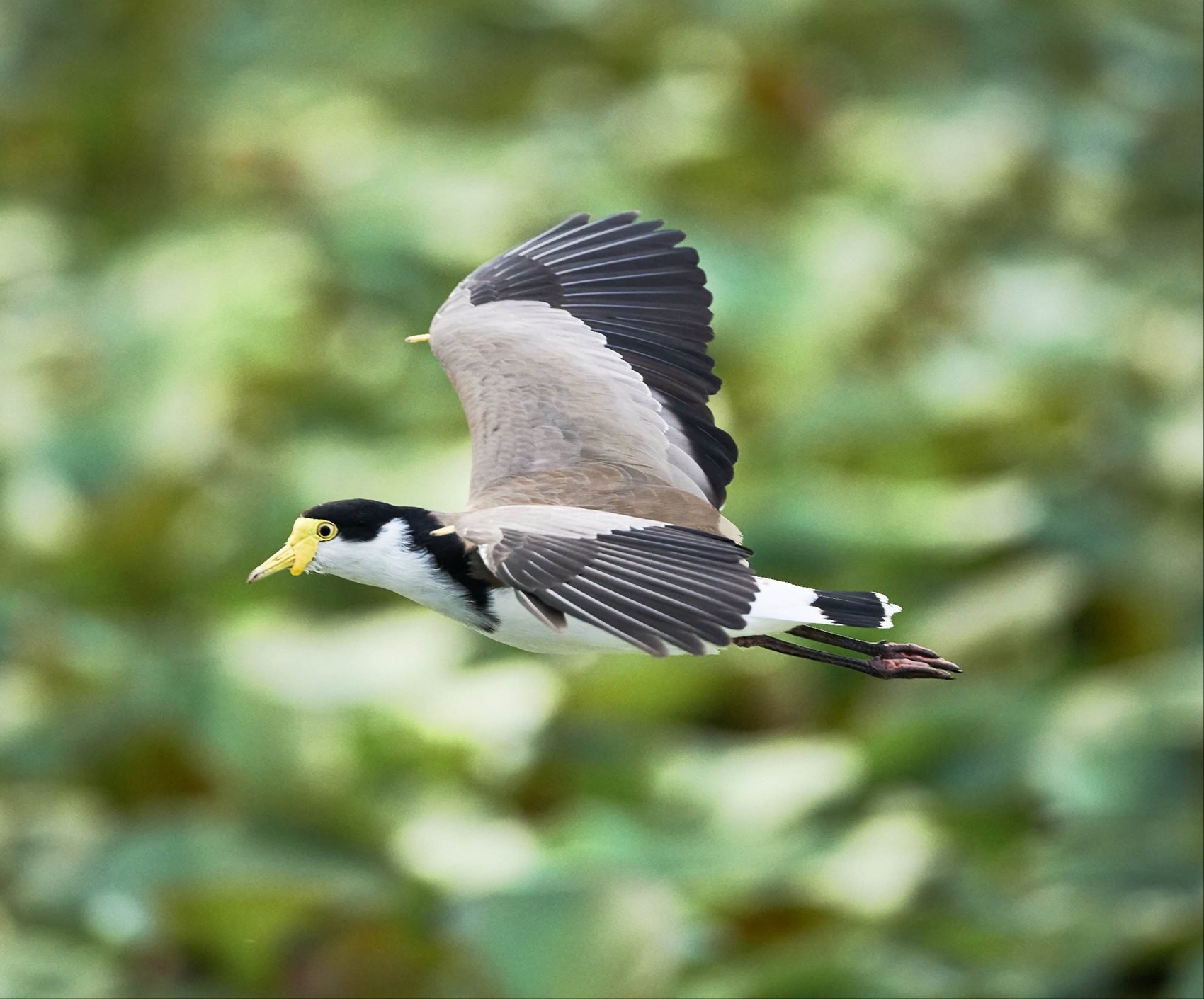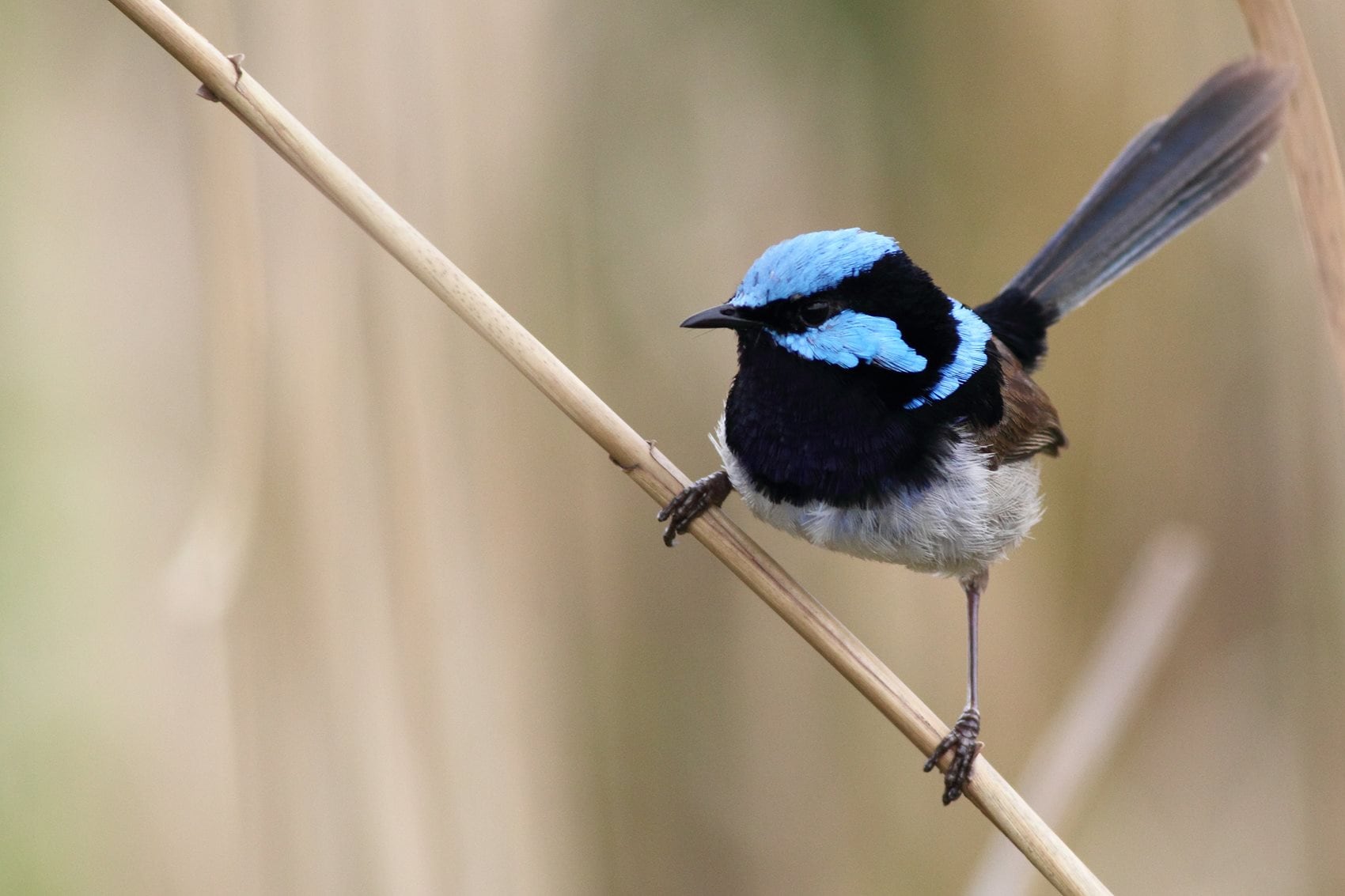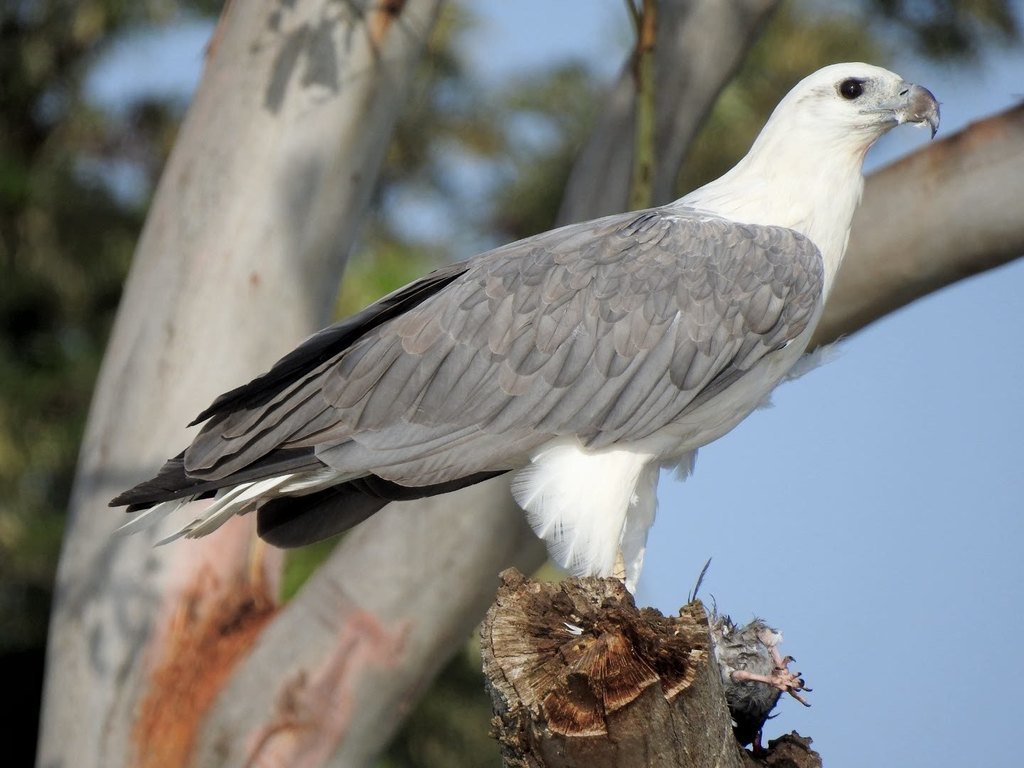Winter’s feathered residents at Willinga Park
Winter mornings at Willinga Park begin quietly. Mist lingers over the wetlands, the air is crisp and if you pause for a moment you will hear it, the first notes of the day’s chorus. Honeyeaters call from flowering shrubs, lorikeets flash overhead and the still water mirrors the graceful glide of a duck.
Four times a year in every season a professional birdwatcher explores our wetlands, woodlands and gardens to record the birdlife that shares this landscape. These surveys give us valuable insight into which species are present at different times of the year and how they use the variety of habitats across the property. By comparing the results season after season we can understand how birdlife responds to the changing environment and continue to provide the conditions that help them flourish.

The Winter 2025 survey revealed a lively cast of characters with more than 40 species each making the most of the cooler months. Among the standouts was the Yellow Thornbill, a tiny quick-moving bird often found in casuarina trees. Their soft yellow plumage blends perfectly with the foliage, making them tricky to spot unless you know where to look. This winter their numbers were strong, a promising sign for a species that depends on dense, healthy vegetation.
The Darter was another highlight. With its long snakelike neck and sharp bill it is an impressive sight perched beside the water, wings stretched wide to dry. Often mistaken for a cormorant, the Darter is a skilled diver, spearing fish with precision before returning to the surface. Seeing one in full sun is a reminder of how important Willinga Park’s water-rich habitats are for supporting a variety of bird life.
Other winter visitors included Australian Wood Ducks, Purple Swamphens, Eastern Yellow Robins, Grey Fantails, Galahs, Rainbow Lorikeets, Crimson Rosellas, Little Wattlebirds, Eastern Spinebills and Red Wattlebirds. Each species plays its part in the complex web of life across the property.

Caring for birdlife is part of a wider commitment to conservation and sustainability at Willinga Park. Across the property, land management practices are designed to enhance biodiversity, protect natural water systems and integrate habitat preservation with the park’s gardens, facilities and event spaces. From creating and maintaining wetlands to planting native species and preserving mature trees, every decision is made with the long-term health of the environment in mind.
Our garden team works year round to maintain healthy habitats by preserving mature trees, planting bird-friendly native species and caring for the wetlands and woodlands that provide food and shelter. This commitment ensures that both resident and migratory birds continue to thrive.
Each survey adds another chapter to our understanding of Willinga Park’s seasonal rhythm. Winter may seem a quieter time of year but for those who look and listen it is a season rich with movement, colour and song. The birds are here and they are thriving.
